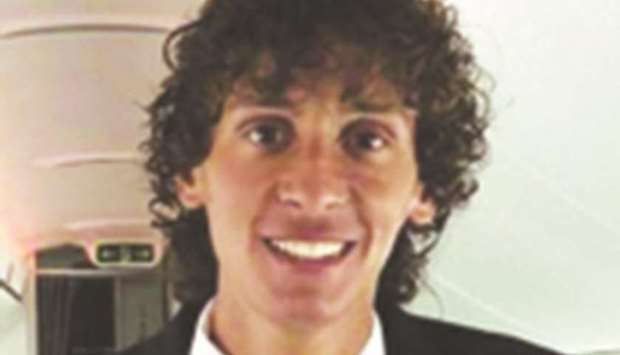Since the outbreak of Covid-19, many governments implemented strict social distancing requirements to help limit the spread of the virus. Some governments have indicated that similar measures should be applied to air travel, including that airlines should leave empty seats between passengers in the aircraft. When such policies are pursued, the seat load factor of an aircraft is artificially capped — a measure most airlines are not willing to implement given the immediate limitation on revenue for the flight.
Depending on the aircraft type and the seat configuration, social distancing could reduce the available seat capacity by 33-50%. In an Airbus A320 with a 3-3 seat configuration, social distancing could mean leaving the middle seat empty on both sides of the aisle. In contrast, for turboprop aircraft with a 2-2 seat configuration, it could imply filling only one seat per row on each side of the aisle. If the entire global fleet of aircraft is considered, we estimate that such social distancing would reduce the bookable seat capacity to 62% of normal capacity.
The proportion of seats filled on an aircraft (load factor) is an important driver of airlines’ financial performance. IATA confirmed that based on a sample of 122 airlines, on average, airlines break even at a load factor of 77%. Only four airlines in the sample could break even at load factors below 62%. The remaining 118 airlines would, with their current pricing policies, become loss-making at load factors below 62%.
It is also debatable whether airlines would be able to achieve the full 62% load factor when the bookable capacity is capped. Due to seasonality of demand, achieved load factors can rarely average at higher than 80-85% of the bookable capacity. Even if a large number of aircraft are grounded currently and airlines have some possibility to optimise their fleet allocation between flights, we estimate that airlines could fill on average about 85% of 62%, i.e. 53% of their seats. Under this assumption, only two charter carriers in the sample would break even.
Moreover, even if implemented, keeping the ‘middle seat’ open will not provide the recommended separation for social distancing to be effective. Most authorities recommend 1m-2m while the average seat width is less than 50cm.
In order to cover the costs of a flight with fewer passengers on board, airlines would likely need to increase air fares just to break even — but raising air fares in an environment where demand is expected to be weak and slow to recover is unlikely to be possible, at least initially.
“Airlines are fighting for their survival. Eliminating the middle seat will raise costs. If that can be offset with higher fares, the era of affordable travel will come to an end. On the other hand, if airlines can’t recoup the costs in higher fares, airlines will go bust. Neither is a good option when the world will need strong connectivity to help kick-start the recovery from Covid-19’s economic devastation,” said de Juniac, CEO of IATA.
Instead, airlines must now make significant changes across the air travel experience: pre-flight; at the departure airport; onboard; and post-flight. It will require governments to assume broad new responsibilities in terms of assessing and identifying traveller health risks, as governments did for security after 9/11. Airlines and airports will need to introduce and adapt processes and procedures to minimise contagion risk in the airport and aircraft environments. Passengers will need to be empowered to take more control of their travel journey, including responsibly assessing their own level of health risk before a journey.
Health protection measures must be implemented in order for the world to pursue a successful restart of air passenger travel while restoring confidence in the safety of air travel are vital prerequisites to enabling the global economy to recover from Covid-19.
This week, both IATA and ICAO were in agreement that there is currently no single measure that can mitigate all the bio-safety risks of restarting air travel. Instead, the two organisations believe that implementing a range of measures that are already possible represents the most effective way of balancing risk mitigation with the need to unlock economies and to enable travel in the immediate term.
* The author is an aviation analyst. Twitter handle: @AlexInAir

Alex Macheras
